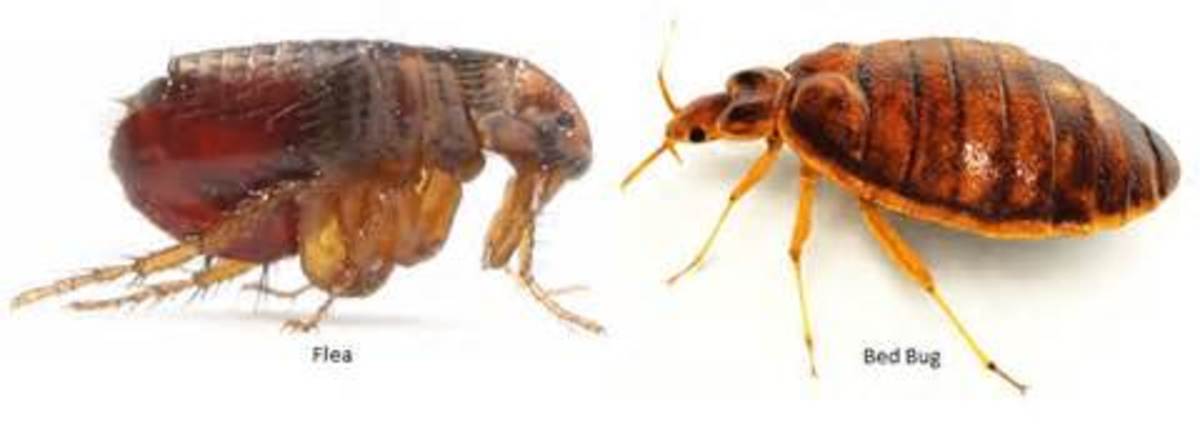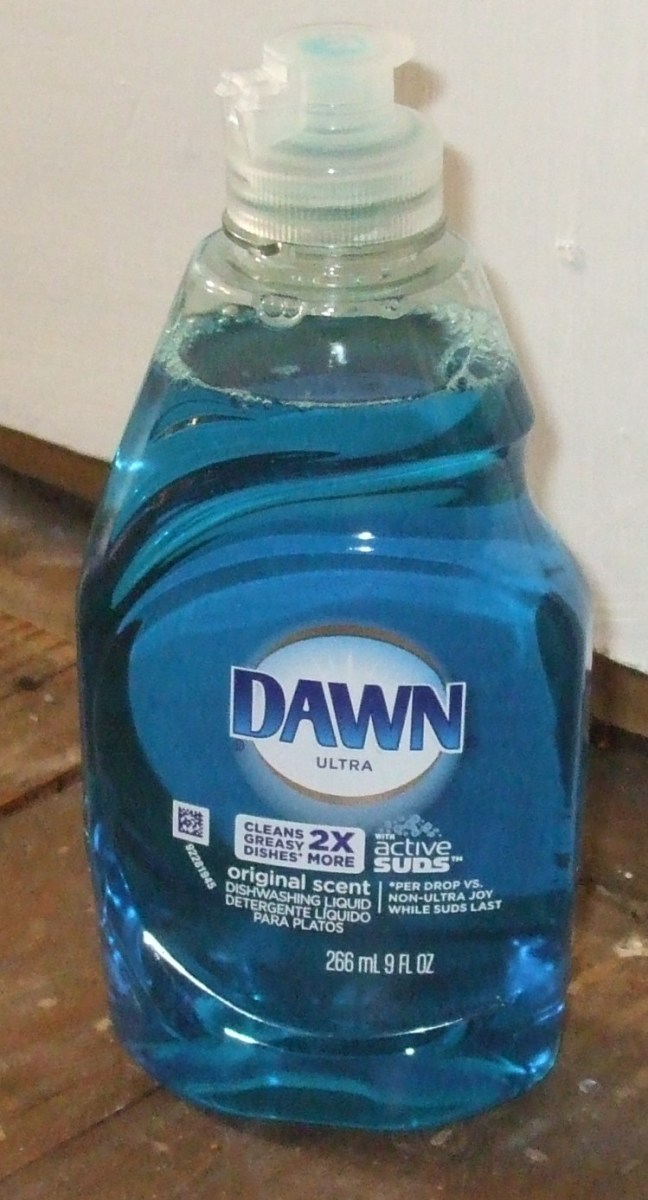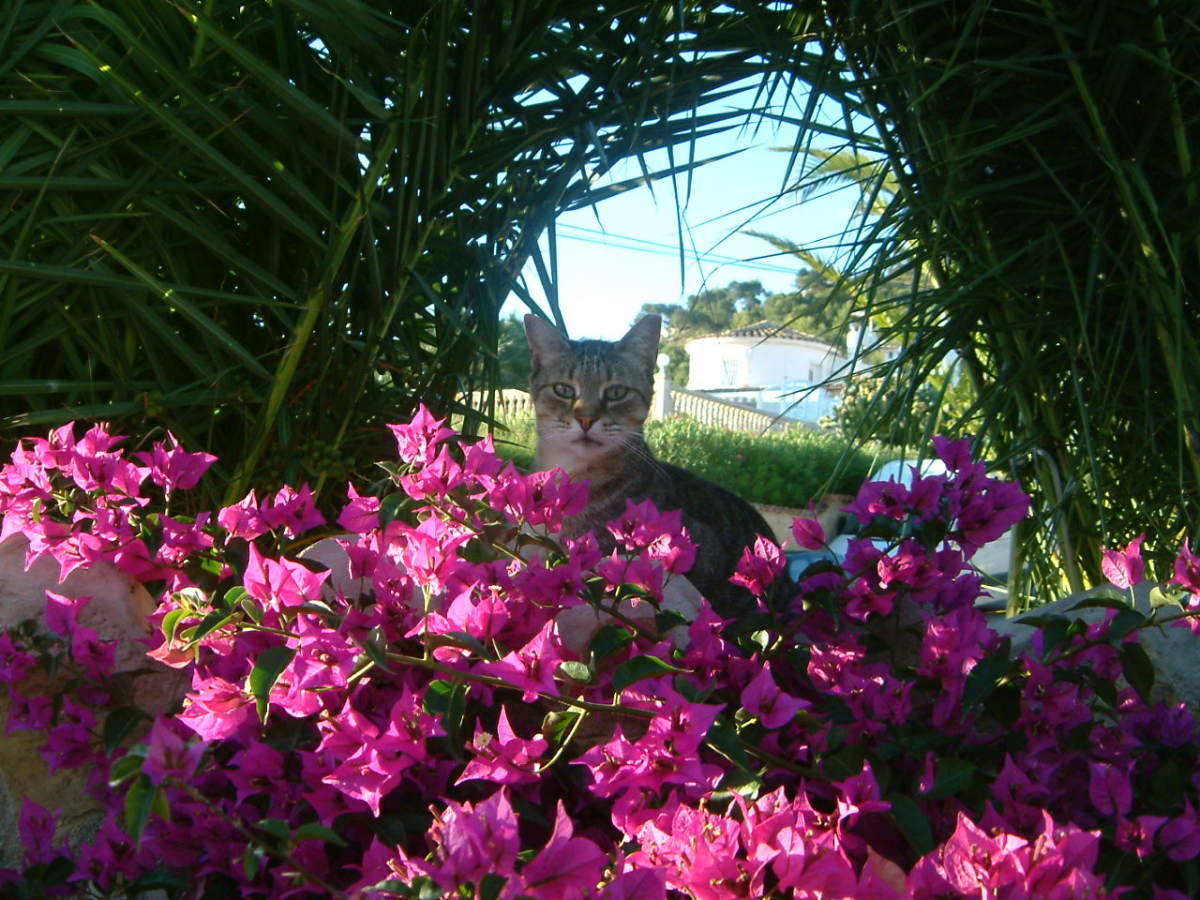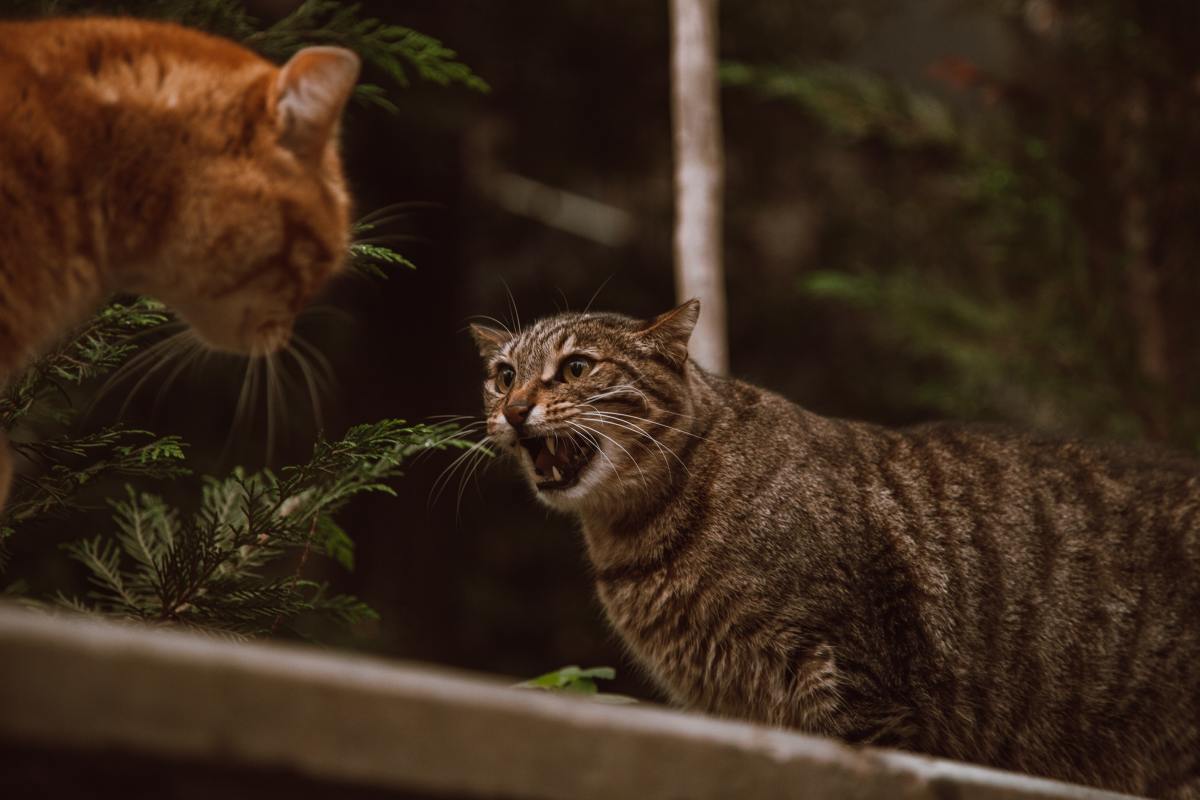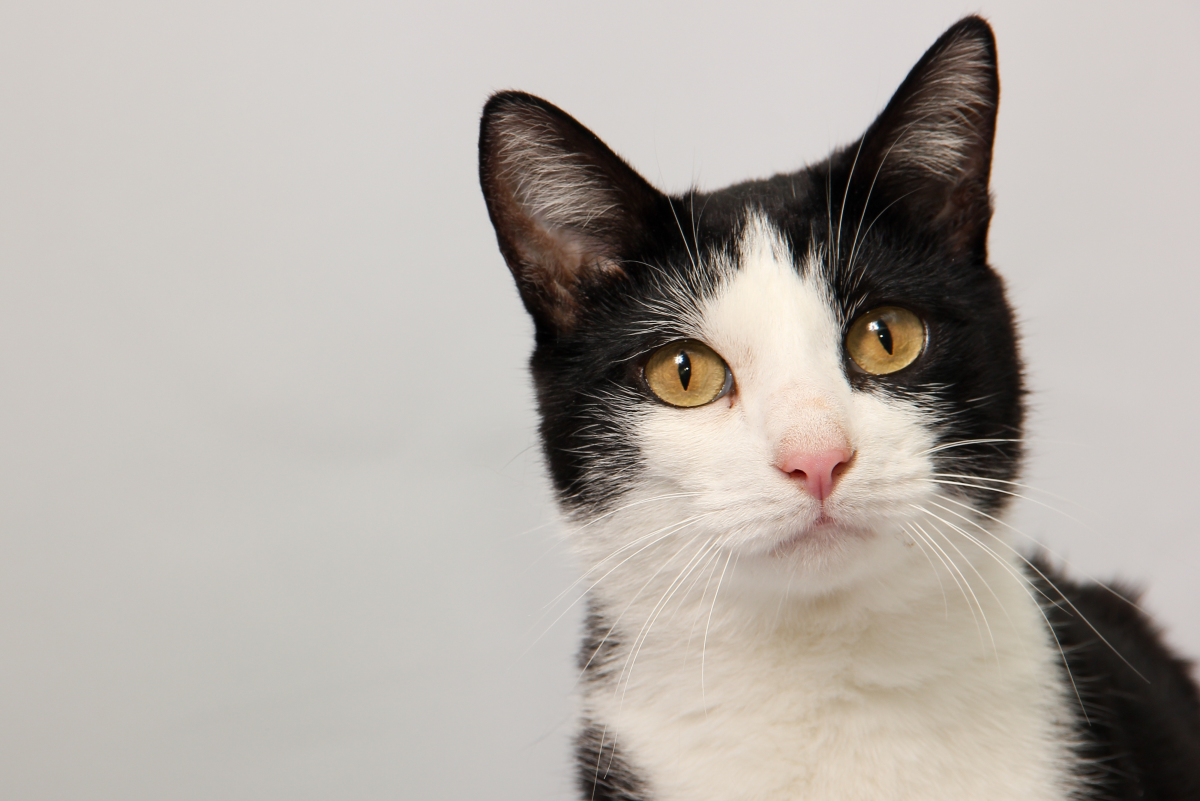Fleas: Understanding Their Biology and Impact
The flea is any of a large order of wingless parasitic insects, which in the adult stage feed solely on the blood of warm-blooded animals-birds and mammals. In addition to sucking their hosts' blood, fleas may transmit certain disease-causing organisms, including various tapeworms and bacterium causing bubonic plague.
There are about 11,000 species of fleas, making up the order Siphonata of the class Insecta.
Fleas are found throughout the world; about 240 species occur in the United States.
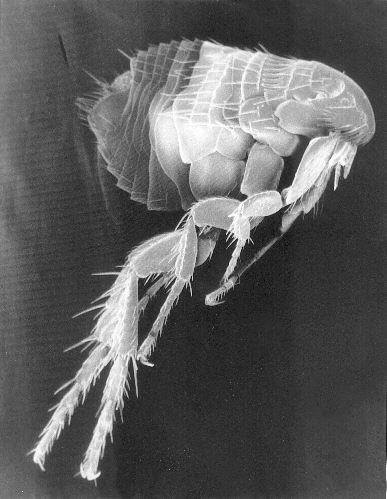
Characteristics of Fleas
The flea's oval body is usually about 1fs inch (3 mm) long. It is flattened from side to side and covered with bristles that point backward, helping the flea to squeeze through the hair or feathers of its host. The flea's legs are strong and the hind legs, which are much longer than the others, are well developed for leaping. Fleas have been known to jump nearly 8 inches (20 cm) high and for distances of about 13 inches (33 cm).
Before a flea jumps, its legs are used to compress highly elastic thoracic pads, which are made of a protein called resilin. A large amount of energy is stored up in this way, enabling the flea in effect to "wind itself up." When the flea jumps, a triggering mechanism releases this energy suddenly so that the insect is "fired" into the air.
Many fleas have a single simple eye (ocellus) on either side of the head, but others have no eyes at all and are blind. The flea's mouthparts are adapted for piercing the skin of a host and sucking its blood. Although many species bite and suck blood from any warm-blooded animal, most fleas tend to parasitize only one type of animal.
Flea Life Cycle
The female flea may lay her eggs on the ground, on the host animal, or in the nest, den, lair, or other sleeping quarters of the host. The eggs are dry and, when deposited on the fur or feathers of the host, roll off onto the ground. The wormlike, legless larvae, which are about 1/4 inch (6 mm) long when fully grown, are ringed with groups of long hairs. The larvae scavenge among dust and debris, and an important part of their diet is the dried blood that passes out in the droppings of the adult fleas.
When a larva is fully grown, it spins a silken cocoon covered with dust particles and transforms into a pupa within it. After it has undergone pupation and become an adult, it may remain inside the cocoon until it is disturbed by external vibrations that may indicate the presence of a potential host. This sensitivity to vibrations is a biological adaptation that lessens the risk that the adult flea may emerge at a time when no host is available. It also explains why fleas sometimes appear in large numbers when an empty building is reoccupied. In many species, the adult fleas may live for more than a year.
Important Types of Fleas
Among the most important types of fleas are the human flea, the cat flea, the dog flea, the oriental rat flea, and the chigoe. The human flea, in addition to infesting man, attacks pigs, cats, dogs, foxes, badgers , and other animals. It breeds indoors in places where there are accumulations of dust, and it has spread to all parts of the world.
The cat flea and its close relative the dog flea both serve as intermediate hosts of a tapeworm that infests cats, dogs, and other carnivores.
A number of rat fleas are also 'widely distributed around the world. The most dangerous of these fleas is the oriental rat flea, which can transmit the bacterium that causes bubonic plague. It spreads the bacteria by biting an infected rat and then biting another host. The chigoe is a tropical flea that burrows into the skin of man and other animals.
Controlling Fleas
Fleas can be controlled by thoroughly spraying their breeding areas with insecticides. A person entering a heavily infested area should first spray his shoes and socks with insecticides, and if the fleas hop onto his clothing they can be shaken off.
Veterinary products such as Frontline and Comfortis can be administered to dogs and cats with the effects lasting up to a month.
This content is accurate and true to the best of the author’s knowledge and is not meant to substitute for formal and individualized advice from a qualified professional.
© 2011 Longtail


